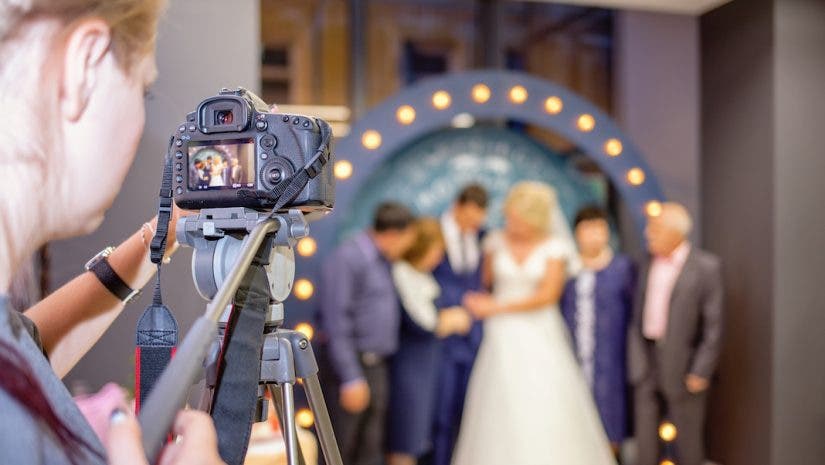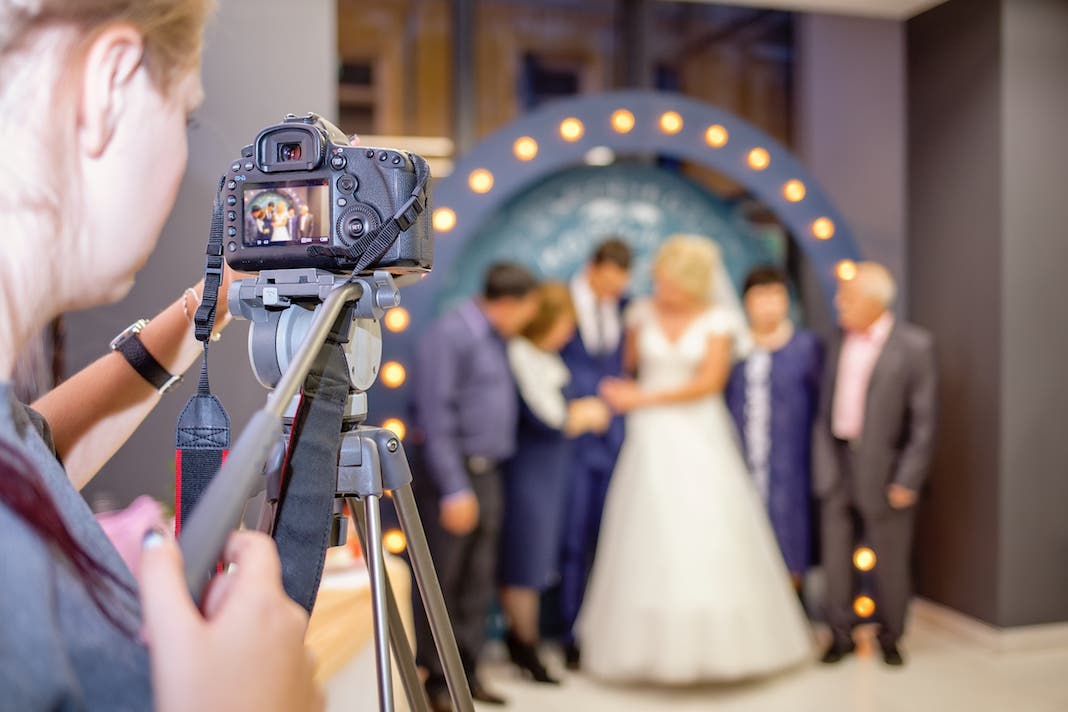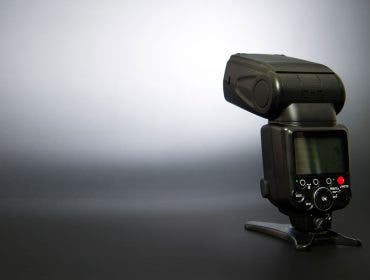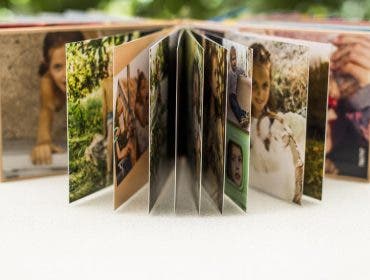To build your wedding videography skillset, practice will (almost) always make perfect, but you don’t have to wait years and years to reach your potential. Simple tweaks to your filming and post-production process can quickly take you from good to great.
In some cases, it’s updating your kit. In other cases, it’s slightly adjusting your camera movements. But either way, these small and easy-to-implement improvements will help you stand out among peers and potential clients — without breaking the bank.
Today, I’ll walk you through 4 ways you can quickly refine your wedding videography skillset by your next shoot.
1. Learn how to capture quality audio
Audio quality can make or break a video. When the quality is high, the vows, letters, and speeches can paint a captivating picture of the couple’s story. But when the audio quality suffers — think: that annoying clothing rustle or the distracting sound of wind — viewers (including your potential clients) are much more likely to tune out.
While slightly nerve-racking for a videographer new to the industry, audio is an essential skill to hone from day one. That said, you don’t have to be a hardcore audio expert (I still ask for the DJ’s help determining which cords I need ahead of the reception), you just need to know the wedding audio basics inside and out, including:
- Lavalier Microphones: Prior to the ceremony, attach a wireless lavalier microphone like the Tascam DR-10L to the groom to get high-quality audio of the vow exchange. And, once you’re ready to level things up a bit, invest in a second lavalier for the officiant. To make sure you’re getting the most out of your lav, you’ll want to plug in headphones and listen closely to check if it’s the right volume with no background hum. While a simple set of earbuds will do the trick starting out, down the road you’ll want to invest in noise-canceling headphones (like this pair from Sony) to ensure you’re clearly hearing the speaker.
- Zoom Microphones: Plugging a zoom mic like the Zoom H4N into the soundboard is your best bet for capturing quality audio of reception speeches. To avoid any day-of mishaps, always connect with the DJ or band ahead of time to ensure you have the right cords for your microphone (many require XLR cables, but it’s best to clarify in advance). And, once you’re on-site, introduce yourself to the DJ or band early so you can get plugged in with audio well before the speeches begin.
Now, I realize editing software like Final Cut Pro gives you the option to refine audio in post-production, but trust me – edited audio almost always sounds distorted. It’s so much easier (and much less stressful!) when you invest wisely and capture high-quality audio from the start.
Currently, at Adorama, you can receive a free audio microphone with the purchase of select cameras, making it easier than ever to merge higher quality audio with your videography. Click here for more information.
2. Match up your audio sources
You’ve spent hours capturing great audio — don’t ruin it with unsynced footage. This type of footage — where the speaker’s lips don’t match the actual audio source — is horribly distracting. It’s one of those things viewers (and again, those potential clients) notice immediately, and can’t unsee for the remainder of your film.
One option is devoting the time to perfectly match each word in your editing timeline, but even then, audio and video files can unsync every few minutes due to waveforms, which means you’ll have to re-match the files over and over. That being said, this is definitely a doable option — it’s just a major time investment.
The other option — the option I much prefer — is Plural Eyes, a program that syncs multiple audio and video files based on the waveforms from the cameras. Once synced, the program transfers the files into your Final Cut timeline. It’s a miracle worker, and while the program does cost $300, it’ll save you hours of editing time.
One word of caution: If the camera audio is weak or distorted by, say, wind, Plural Eyes will not be able to recognize its waveforms — and therefore, you’re stuck manually matching the clips. To make sure you get high-quality enough audio, use an on-camera microphone like the Rode VideoMic Pro. It will save you the headache of manual matching and — equally important — you’ll have a backup source of audio in case something malfunctions with your audio gear day-of.
3. Establish the scene with still shots, not the pan
While it’s a camera movement I learned in broadcast courses, and it works well in certain contexts (like the news), camera pans should – for the most part – be avoided in wedding videography. I’ve watched hundreds of wedding films since I started in this industry, and there’s something just jarring about the traditional pan in wedding videos, particularly when used over and over again.
Instead of the pan, try setting the scene with wide, still shots that capture the movement of, say, a bird flying over the venue or wind blowing the leaves. This establishes the venue just like a pan would, but provides a much softer, prettier, and more cinematic type of shot.
Two words of advice here – make sure your camera is stabilized on a monopod or tripod while filming these establishing shots to get the smoothest footage. And, if you really want to make your own movement, use a slider like the Glide Gear Slider to set the scene in a cinematic, sans-pan, way.
4. Get a “B-Camera”
Can you film weddings with just one camera? Yes. Should you? For your own sanity, no! I filmed my first wedding using just one camera, and let me tell you – it was definitely a workout. I had to strategically plan my movements during the ceremony and reception, and ended up running (and zooming) like a crazy person to capture different angles.
I learned quickly that a B-camera or backup camera is the best way to preserve your sanity and ensure you’re getting the right angles, particularly for longer feature films. If you have a nice “A camera” — for me, it’s the Sony A7SII — you don’t need to go over the top for your backup camera, especially starting out. The Sony A6500 is a great starting option, or if you’re looking to get a little higher-quality footage (and try something new!) you can pre-order Sony’s new and highly rated camera, the Sony A7III.
You’ll want your B-camera to get the wider shots during the ceremony so you can focus on those must-have close ups of the bride and groom. During the reception, you’ll want your B-camera focusing on the speakers so you can get close ups of reactions from the bride, groom and the “VIPs” in the audience.
And there you have it! Four simple and relatively inexpensive ways to up your wedding videography game without years and years of experience. Of course, like all things, the more you practice, the better your films will become, but pair that practice with these tried-and-true tactics and you’ll be well on your way to wedding film success.






